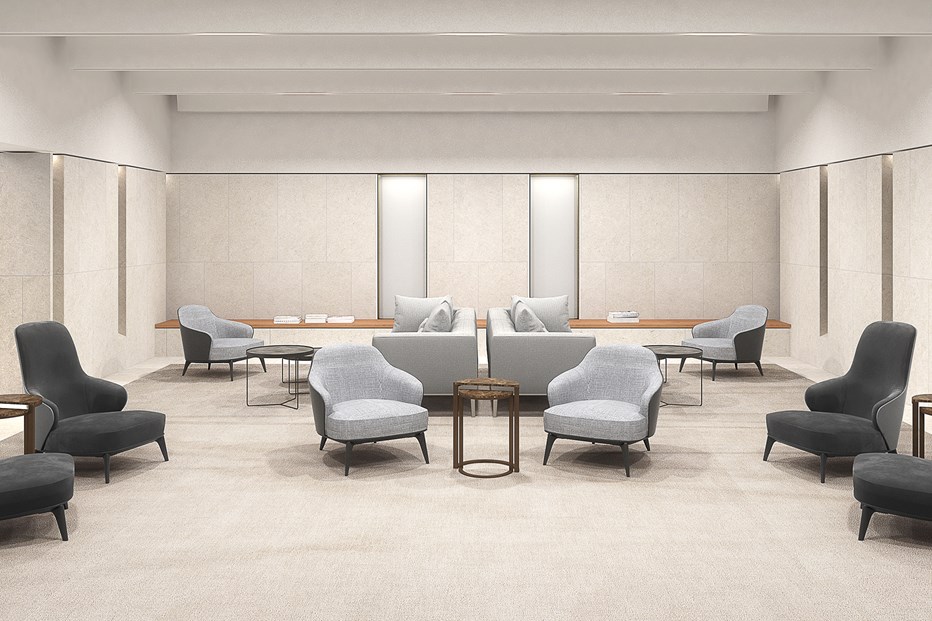
The changing appetites of the next generation of the wealthy elite has meant that consumer spending has veered away from material goods. Where the principles of luxury once centred on extravagance and exclusivity, the focus today is shifting towards self-transformation and wellness.
The impressive growth of the wellness market signals a new era for the luxury industry. Last year alone, the global market for health and wellness reached £539 billion and is expected to grow by a further 17 percent by 2021 to £640 billion, according to Euromonitor.
One of the driving forces behind this growth is Millennials. This health-savvy generation is not choosing to spend on property or stock markets. Instead, Millennials are deeply invested in self-care and are willing to pay premiums for items such as organic food and drinks, boutique fitness classes and high-end athleisure attire as they strive to be the best versions of themselves.
Given that 73 percent of Millennials would rather be healthy than wealthy, according to Cassandra, there’s clearly value for businesses to tap into this trend.
It’s why more businesses are lining up to work with lifestyle brands, such as Gwyneth Paltrow’s ‘Goop’. It may have come under fire for its complex diet plans and unorthodox cleanses, but Goop’s revenues have more than doubled from 2015 to 2016. And it’s just one of the many brands that are already reaping the rewards of increasingly health-conscious spenders.
Self-improvement spaces
As wellness takes hold of luxury retail, brands are attempting gain standout and bring attention back to stores by launching fitness studios and wellness retreats.
London department store Harrods has done just that by the opening its Wellness Clinic. Discreetly tucked away on Harrods' fourth floor, The Wellness Clinic is dedicated to wellbeing and beauty with world-renowned residents ready to transform you inside and out. With 14 luxury treatment rooms, two personal training studios and a photography room featuring a 3D imaging system which reveals how others see you (should you want to know), the clinic is at the pinnacle of self-care experience.

The Harrods Wellness Clinic. Image courtesy of Harrods
Hot on the heels of Harrods, Saks Fifth Avenue has launched ‘The Wellery’ in its New York flagship, assisting consumers in living a healthier and more balanced lifestyle. The unique space offers immersive experiences dedicated to wellness, featuring a curated edit of more than 1,200 fitness classes, sought-after equipment, activewear and athleisure as well some of best skincare products and treatments.

Saks Wellery. Image courtesy of Saks Fifth Avenue
Similarly, Selfridges kicked off the launch of its inclusive Body Studio last year with a six-week pop-up workout studio in collaboration with Psycle and Yung Club. Now the largest department in the store, carrying everything from lingerie to loungewear, the Body Studio also features a clean eating café from Hemsley + Hemsley.
Healthy-minded travel
With wellness enjoying its time in the sun, it’s no wonder that wellness tourism is hotter than ever.
Regent Seven Seas Cruises is leveraging passengers’ desire to achieve well-being in mind and body with its new health-focused programmes. Starting this summer, guests cruising the Mediterranean with Seven Seas Voyager can take advantage of Seven Seas Wellness, which includes a series of excursions such as a Tai Chi class in the garden of the Pharo Palace in Marseilles, spa treatments and healthy eating.
Meanwhile, the city of Beverly Hills, CA has mixed wealth and health in its latest tourism push to attract affluent travellers to the city. The ‘Weallth’ initiative kicked off earlier this month, gathering hospitality locations, restaurants and tapping experts in health to come together and showcase the city’s abundance of wellness options.
It’s clear that health is swiftly becoming the new wealth. And the luxury industry is getting ahead in the game. Brands should consider how to create share-worthy products and experiences to truly standout. From the rapid growth of athleisure to wellness centres, there has never been a better time for luxury brands to tap into the health trend.










